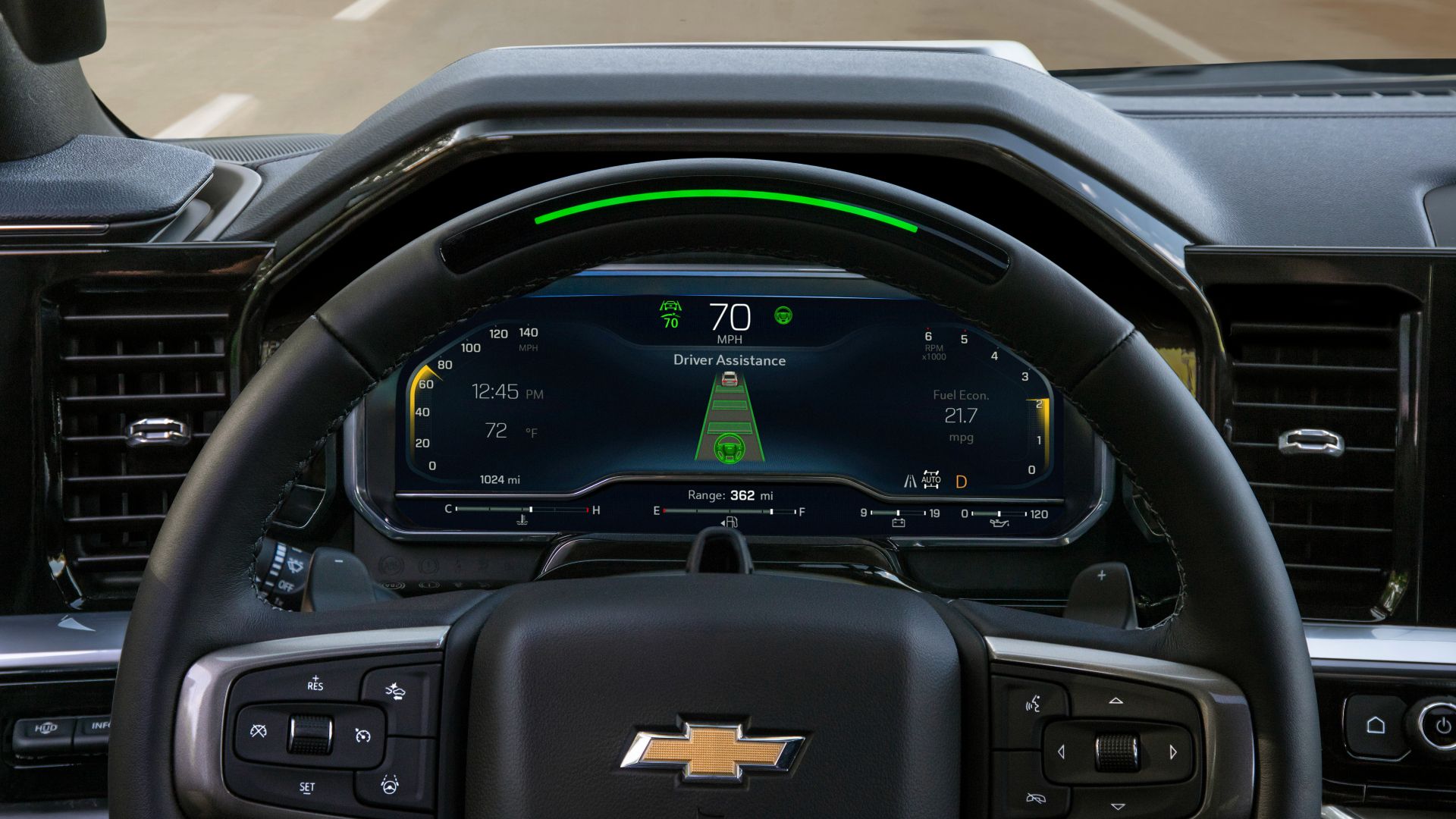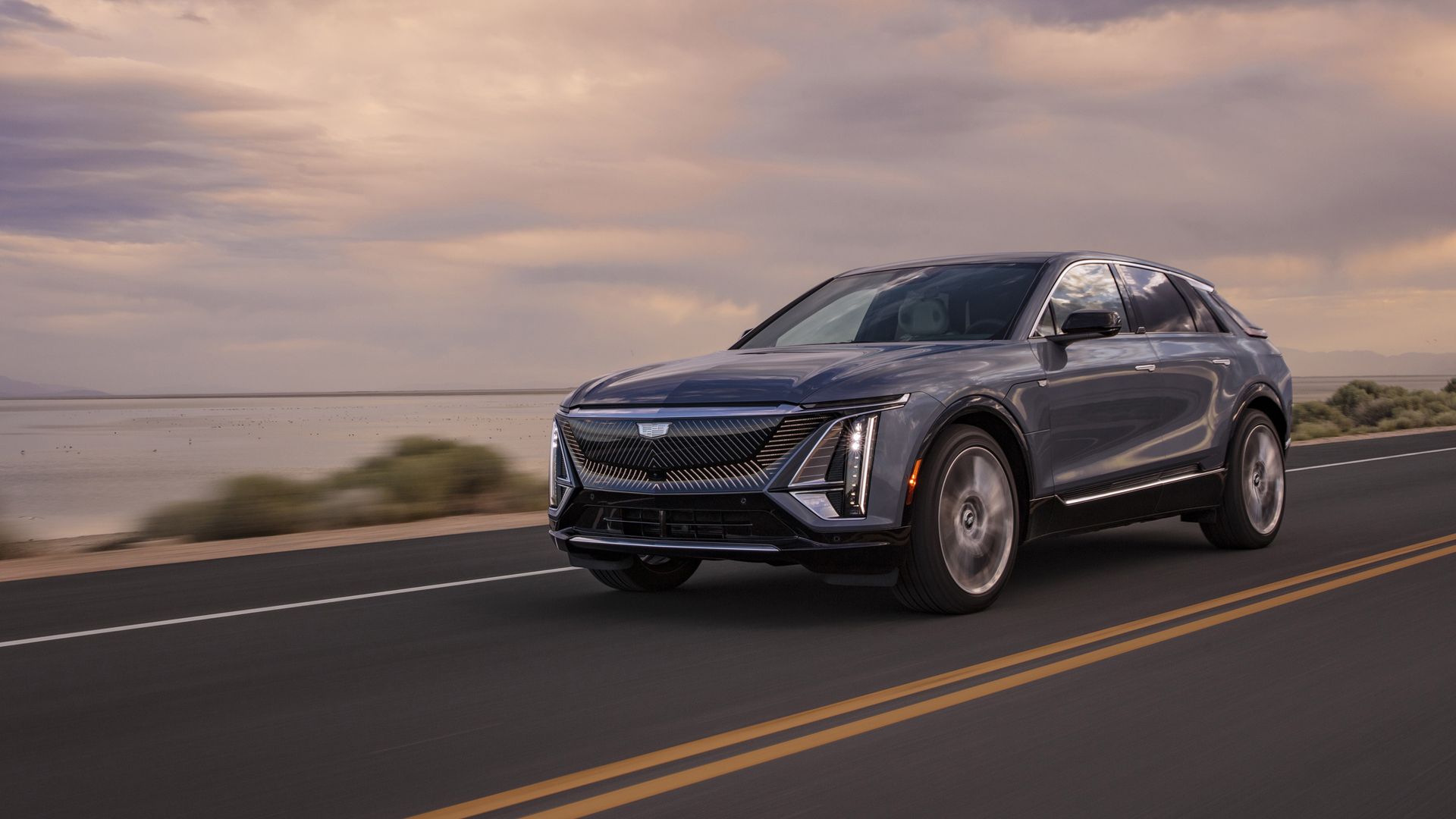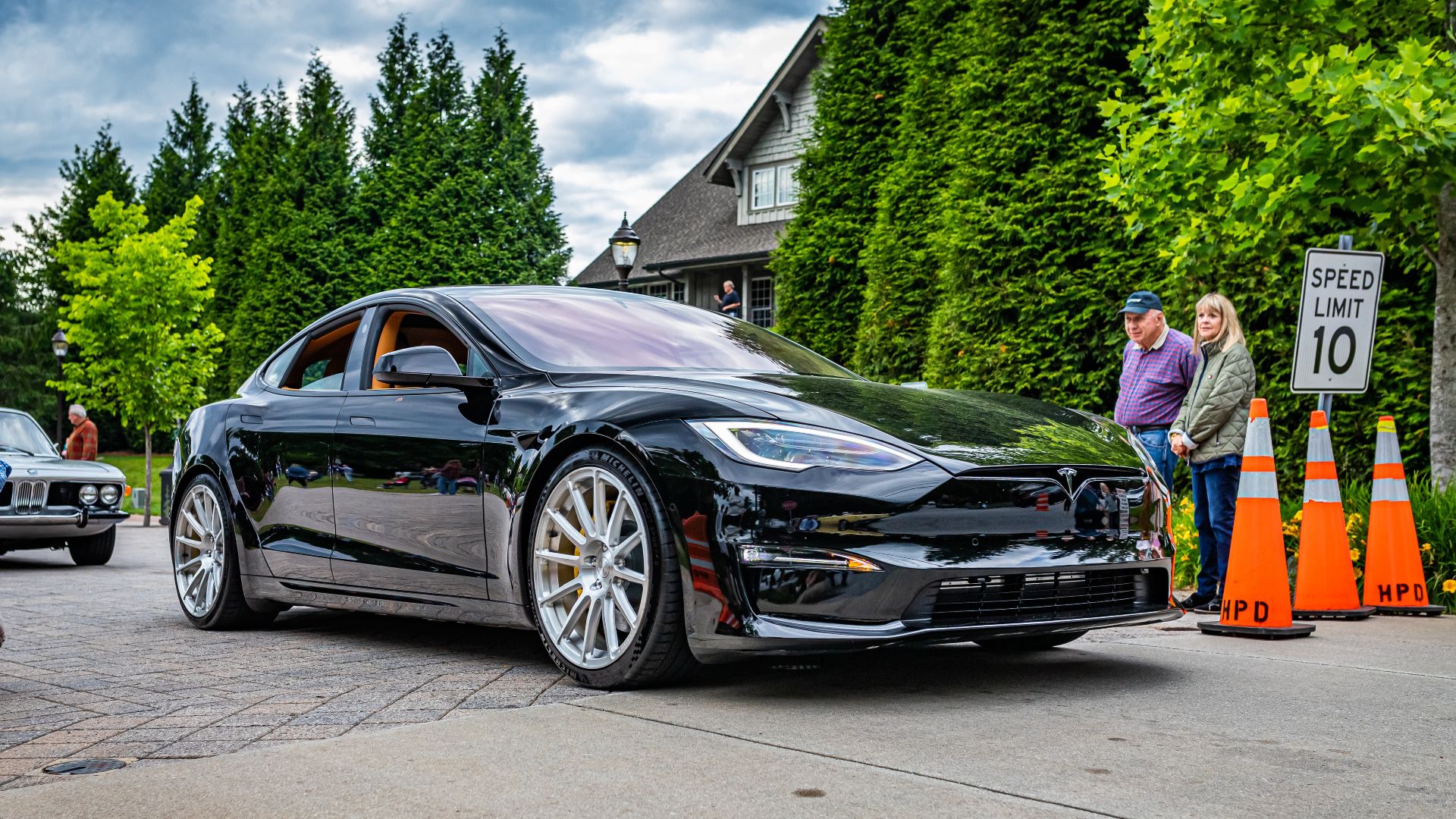Once upon a time, a self-driving car seemed as far-fetched as a flying one, but with semi- and fully-autonomous driving technology being developed by a number of car manufacturers, the world is closer than ever to having fully street-legal self-driving cars than ever before. That being said, each manufacturer's self-driving tech has its pros and its cons, making it difficult for drivers to determine which make and model to invest in. For instance, both General Motors (GM) and Tesla have their own autonomous driving technology. For GM, it is Super Cruise, which GM describes as ''the first true hands-free driver assistance technology for compatible roads''. Meanwhile, Tesla equips its new models with a program called Autopilot. While both Super Cruise and Autopilot are paving the way for a futuristic driving experience, which of these semi-autonomous driving systems reign supreme?
GM Super Cruise - 400,000 Miles Of Coverage!
General Motors first announced that it would be developing an autonomous driving system, known as SuperCruise, nearly ten years ago in April 2013. A decade later, Super Cruise is known as a semi-autonomous driver assistance feature. GM models equipped with Super Cruise allow their drivers to navigate hands-free for extended periods of time during highway driving. Of course, not all automated vehicles are made the same. According to the NHSTA’s Automated Vehicles for Safety document, GM's Super Cruise is classified as a Level 2 autonomous driving technology. This essentially means that Super Cruise is not fully autonomous. In other words, the technology acts as a driver assistance feature as opposed to a comprehensive self-driving system.
According to the NHTSA, Level 2 automated vehicles, such as those equipped with Super Cruise, have ''combined automated functions, like acceleration and steering, but the driver must remain engaged with the driving task and monitor the environment at all times.” Specifically, Super Cruise uses a combination of camera, LiDar mapping, radar sensors, and GPS information to take control of the vehicle during highway driving, including taking over functions such as steering and braking. Additionally, Super Cruise enables GM models with full-speed range adaptive cruise control as well as lane centering.
When it was first launched, Super Cruise was only available on 130,000 miles of limited-access freeways throughout the U.S. and Canada (significantly less than Tesla's Autopilot), though a more recent update has mapped an additional 200,000 miles of North American roads. With more updates, it now covers up to 400,000 miles of roads. GM similarly promises that the range of availability for Super Cruise will be expanded yearly. “We continue to look for ways to expand access to hands-free driving on more vehicles and roads for customers to experience,” GM spokesperson Aimee Ridella said. “GM will make Super Cruise hands-free driver assistance technology available on 22 vehicles by the end of 2023.”
Some of those models from Cadillac include the Escalade, Escalde-V, CT4, CT4-V, CT5, CT5-V, XT6, and LYRIQ; from Chevrolet, the Bolt EUV, Tahoe (Premier and High Country), Suburban (Premier and High Country), Blazer EV, Equinox EV, and Silverado EV; and from GMC; the Hummer EV Pickup as well as SUV.
Tesla Autopilot - Taking Autonomous Technology To The Next Level
Tesla unveiled its Autopilot system in 2015, just two years after GM's Super Cruise. Similar to Super Cruise, Tesla's Autopilot also allows Tesla vehicles to accelerate, brake, and steer themselves without driver intervention under certain conditions. At the time, Autopilot seemed to be on the cutting edge of autonomous driving, however, today these features are fairly commonplace due to the invention of systems such as lane-keeping assistance and lane-centering.
Unlike GM's Super Cruise, Autopilot is a standard feature on all new Tesla models: the Model 3, Model S, Model X, and Model Y. Autopilot uses a combination of radar, ultrasonic sensors, and cameras to be able to track lane markings as well as other vehicles on the road. Updated versions of Tesla's Autopilot technology also monitor driver engagement through the use of a torque sensor and a rearview camera mirror to ensure that drivers have a hand on the steering wheel and are remaining alert. If drivers are not meeting these requirements, the Autopilot system will audibly warn them to remain alert. Continuing to ignore these alerts will cause the Autopilot system to shut itself down and will slow the vehicle to a stop.
Tesla similarly offers an Enhanced Autopilot system as well as Full Self-Driving Capability for an additional cost to drivers. While Autopilot boasts features such as Traffic-Aware Cruise Control and Autosteer, Enhanced Autopilot equips Tesla models with additional features including Auto Lane Change, Autopark, and Smart Summon, which allows the car to "navigate more complex environments and parking spaces, maneuvering around objects as necessary to come find you in a car park within your direct vicinity." Full Self-Driving Capability is also available from Tesla, allowing its models to identify street signs and traffic lights and react accordingly through a feature called Traffic and Stop Sign Control. Tesla is also working on adding Autosteer technology on city streets to its FSD system.
Which Is Better? Super Cruise Or Autopilot?
At the end of the day, both GM's Super Cruise and Tesla's Autopilot do very similar things by allowing their vehicles to function, steer, accelerate, and brake without driver intervention. That being said, both systems are Level 2 autonomous driving systems according to the NHTSA, meaning we are still a long way from fully autonomous driving. When it comes to which of the technologies is better, Tesla's Autopilot takes the cake. This is partially due to the additional features included in Tesla's Enhanced Autopilot and FSD systems, but also due to Tesla's incorporation of artificial intelligence. While GM's Super Cruise allows for semi-autonomous driving using data collected from pre-mapped routes, Autopilot relies on AI-powered cameras and machine learning to detect and avoid safety hazards while driving. Autopilot is also able to "remember" information from drivers' experiences and redistribute that information to other Tesla models online. This essentially means that any information learned by one Tesla model should be shared by every other Tesla model. This kind of collective consciousness among Teslas is really what puts Autopilot head and shoulders above GM's Super Cruise.



